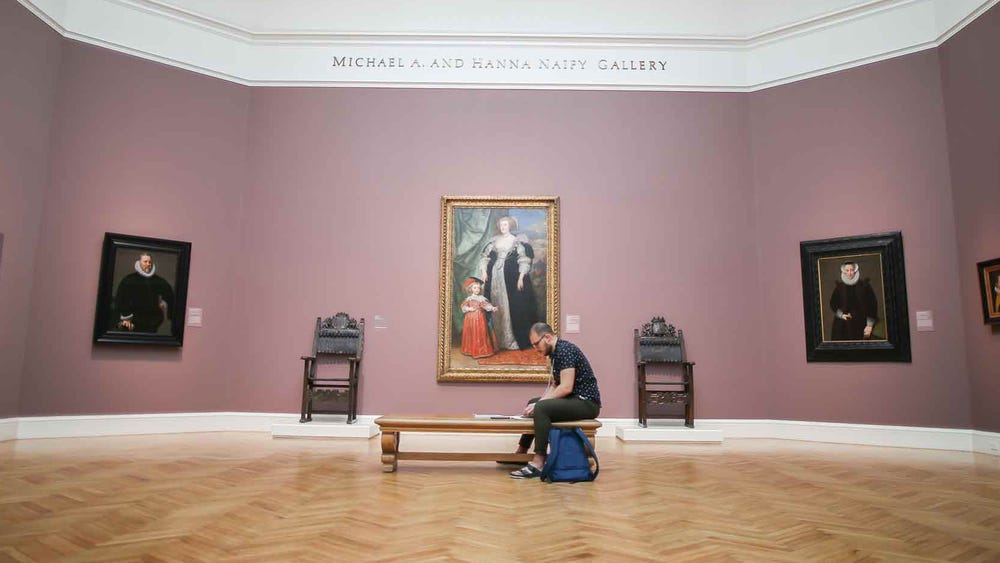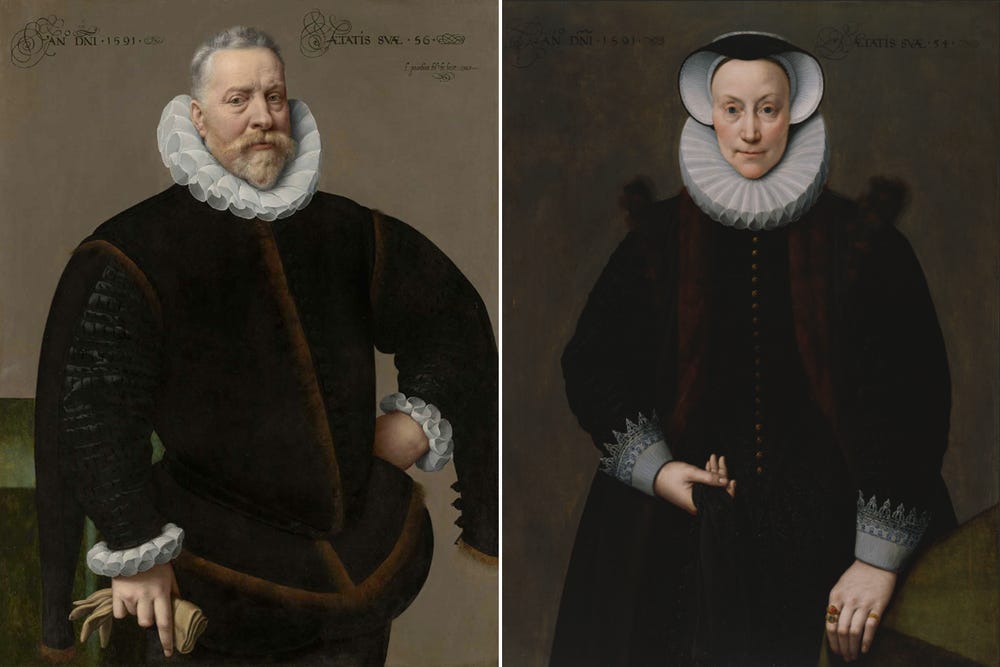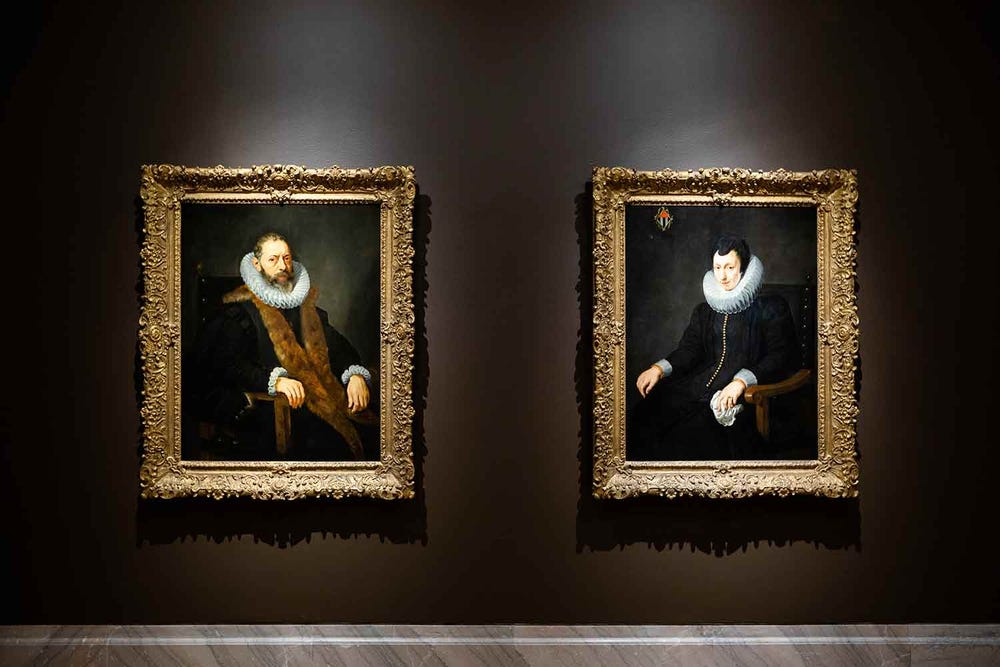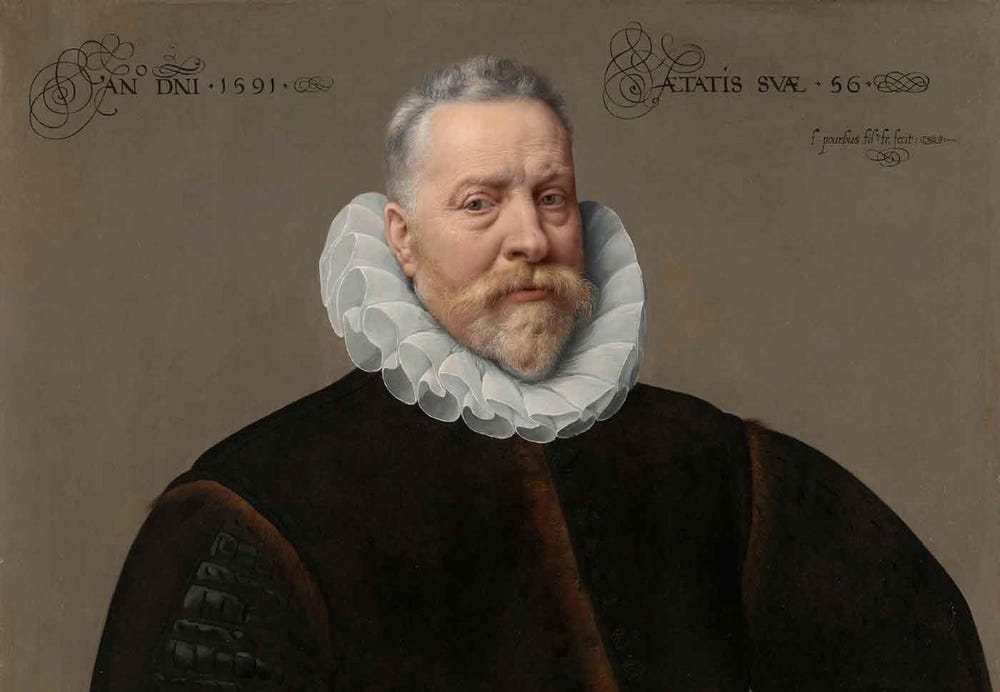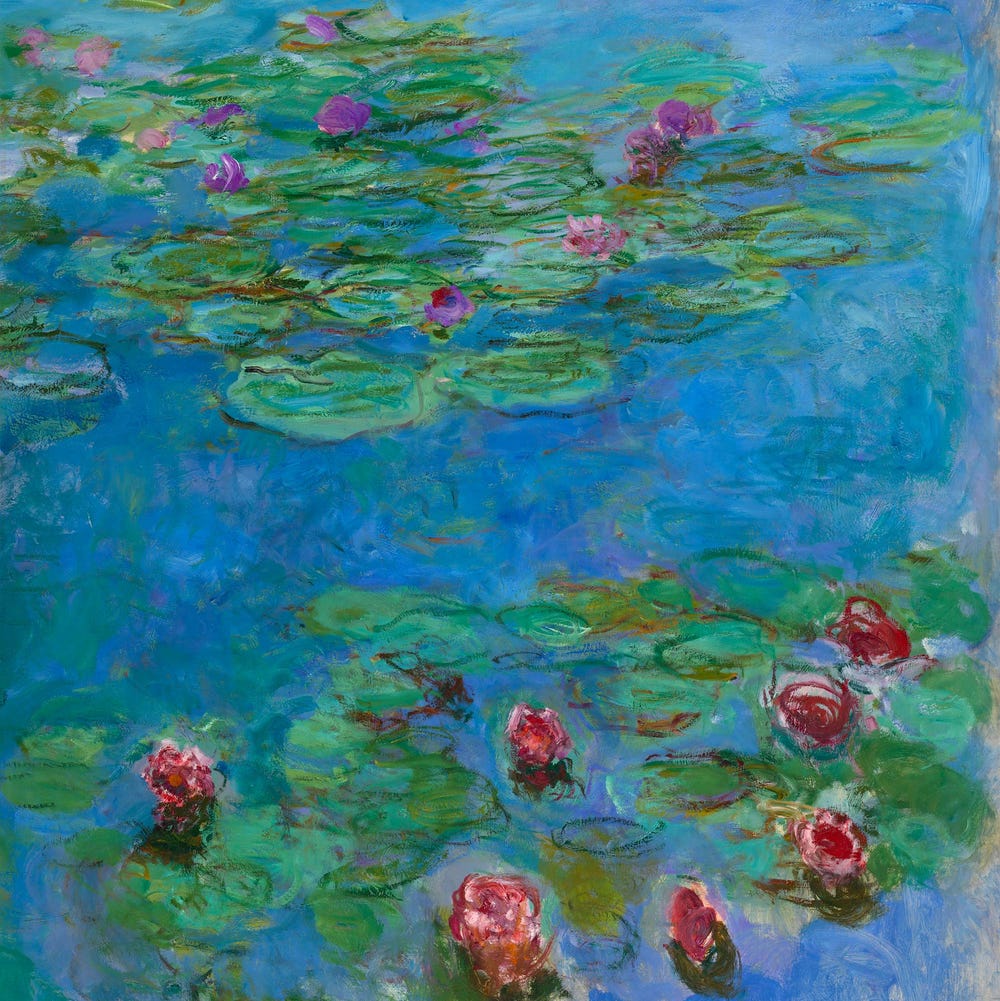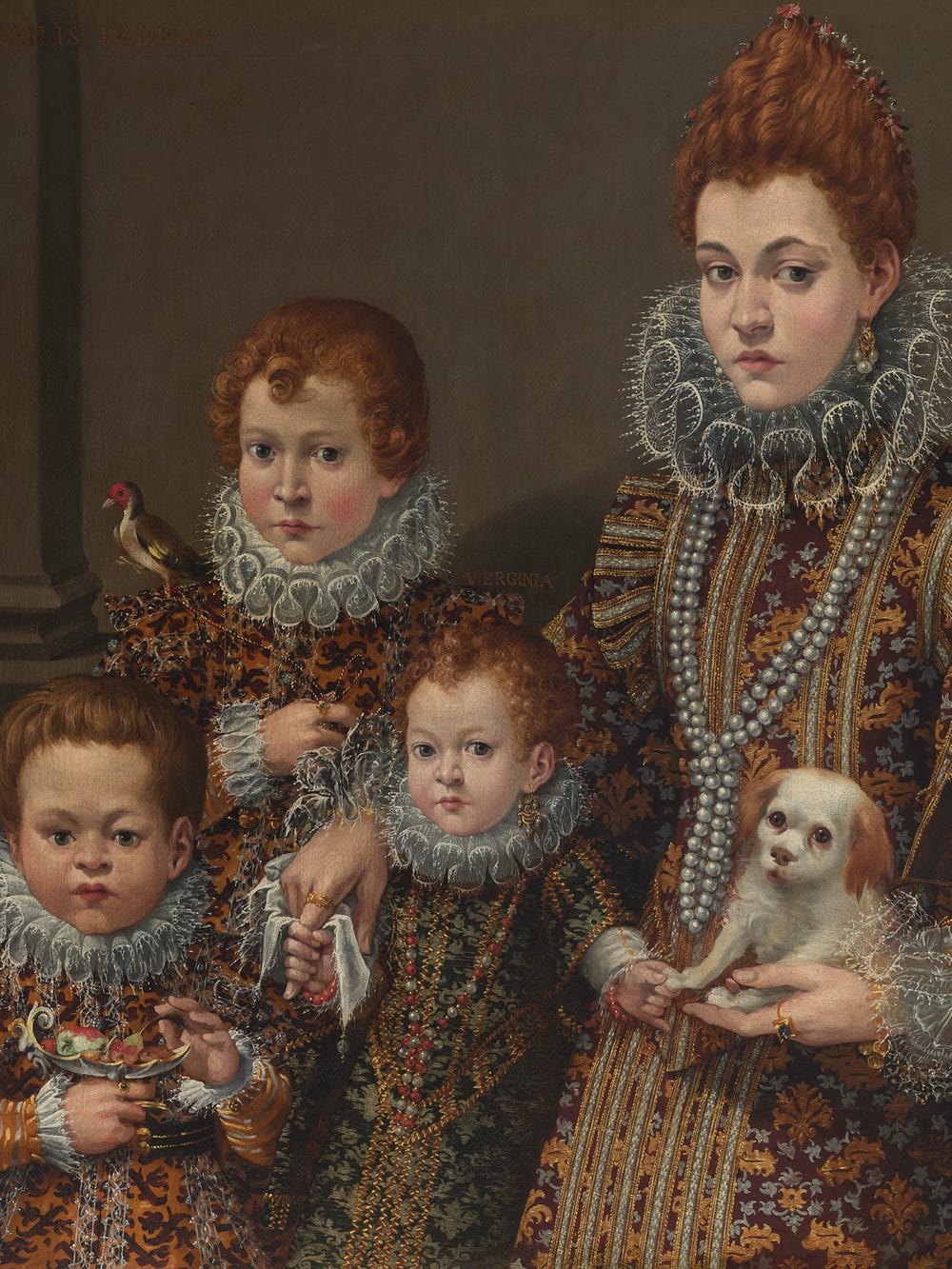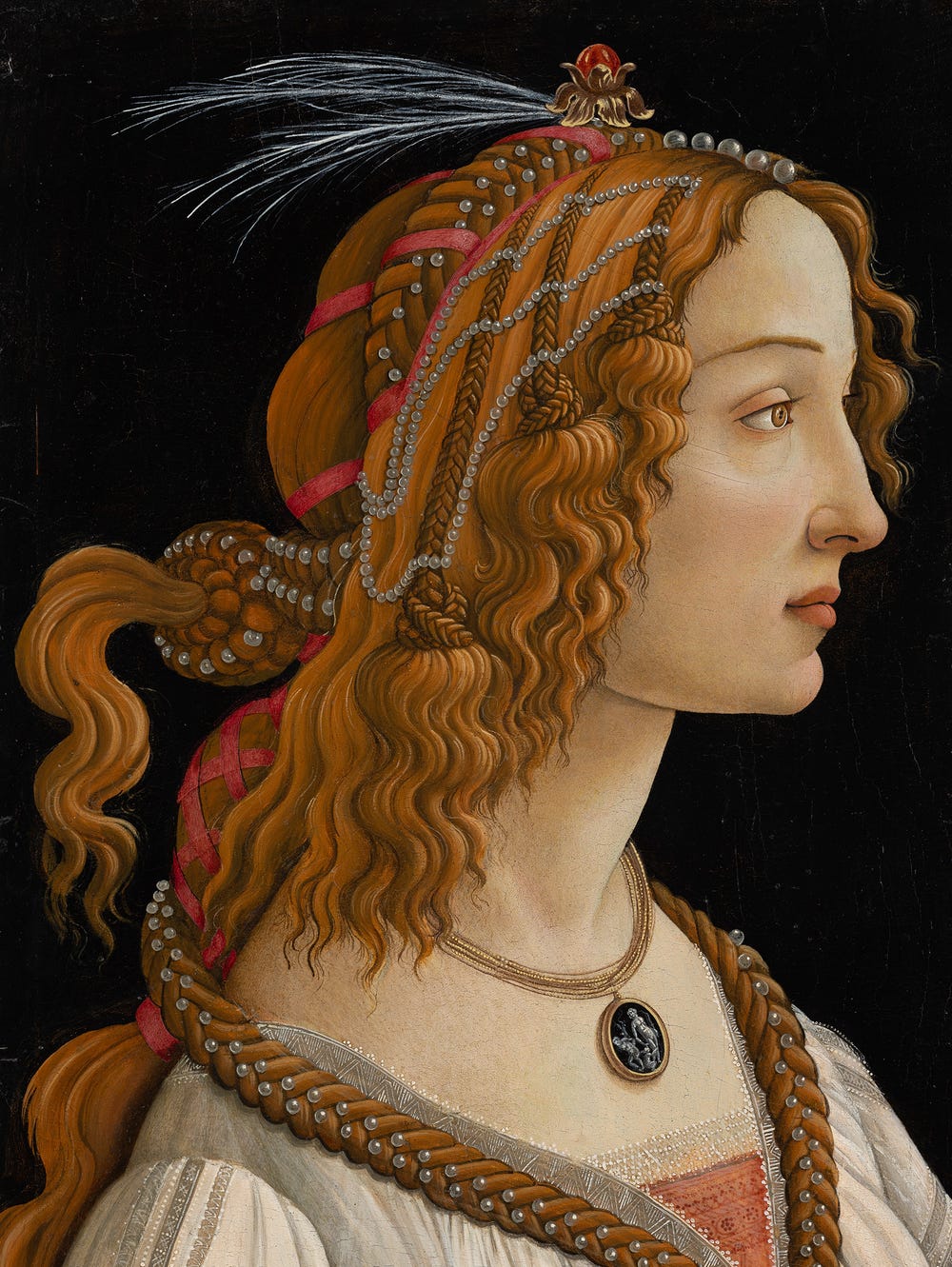In this edition of Transits, a series that looks at the movement of art in the Museums’ galleries, we’re highlighting three paintings by Peter Paul Rubens. These works, usually on view in Gallery 14 at the Legion of Honor, were installed in the special exhibition Early Rubens. These temporary departures allowed Kirk Nickel, assistant curator of European paintings, the opportunity to rearrange installations and reunite two portraits by Frans Pourbus the Younger in a focused selection on the art of Flemish portraiture around 1600. This new selection provides additional context on patronage, varying artistic styles of the time, and Rubens’s early practice.
Since its acquisition more than thirty years ago, Pourbus’s Portrait of a Woman, Aged 54 (1591) has been a cornerstone of the Legion of Honor’s presentation of Dutch and Flemish paintings. The work’s pendant composition, Portrait of a Man, Aged 56 (1591), recently resurfaced after many decades out of public view. These portraits, while conceived as a pair, have never before been displayed together outside of Europe until now.
L: Frans Pourbus the Younger, Portrait of a Man, Aged 56, 1591. Oil on panel. Private collection. R: Frans Pourbus the Younger, Portrait of a Woman, Aged 54, 1591. Oil on panel. Fine Arts Museums of San Francisco, Roscoe and Margaret Oakes Income Fund, 1985.12
These portraits of wife and husband were painted the year Pourbus entered the Guild of Saint Luke as a master painter, and his signature appears on the husband’s portrait. The identities of Porbus’s sitters are unknown, yet, together, the pendants form a complementary pair and a brilliant demonstration of the painterly precision that would later help Pourbus secure work at multiple aristocratic courts throughout Europe. Employment at royal courts provided financial stability for artists, and nearly all of the painters in this current display spent time in service to Europe’s royalty.
Striking in their address to the viewer, Pourbus’s paintings also offer a counterpoint to the painterly style of Rubens, whose portraits of husband and wife, Rogier Clarisse and Sara Breyel (both ca. 1611), usually hang in Gallery 14. They, along with Rubens’s Tribute Money (1610 – 1615), which usually anchors this gallery, were installed in the exhibition Early Rubens. While Pourbus’s paintings exemplify a refined linear style of description that renders even small details with both precision and artistic flair, Rubens’s portraits exhibit his characteristic undulating contours and flickering brushwork.
— Kirk Nickel, assistant curator of European paintingsRubens’s pendant images of Rogier Clarisse and Sara Breyel are a study in restrained display.
L: Peter Paul Rubens, Portrait of Rogier Clarisse, ca. 1611. Oil on panel. Fine Arts Museums of San Francisco, Roscoe and Margaret Oakes Collection, 53.12. R: Peter Paul Rubens, Portrait of Sara Breyel, ca. 1611. Oil on panel. Fine Arts Museums of San Francisco, Gift of Ben N. Maltz, 60.27
Since the fifteenth century, Flemish painters were highly regarded for their descriptive skills. In the sixteenth century, as trade and travel brought artists and patrons into more frequent contact with other pictorial traditions — especially those of the Italian Peninsula — the breadth of stylistic options in the north grew significantly. The influence of Rubens’s time spent in Italy before his return to his hometown of Antwerp is a major theme of the Early Rubens exhibition.
Special exhibitions often inspire our curators to rearrange our permanent collection galleries and to highlight works that are not always on view. With the generous cooperation of the owner of Pourbus’s companion painting, the museum has reunited these works. The portraits’ reunion in San Francisco at the Legion of Honor is a rare opportunity for visitors to study these remarkable late Renaissance portraits as they were intended — in one another’s company.
Frans Pourbus the Younger, Portrait of a Man, Aged 56 (detail), 1591. Oil on panel. Private collection
Learn more about Early Rubens at the Legion of Honor.
